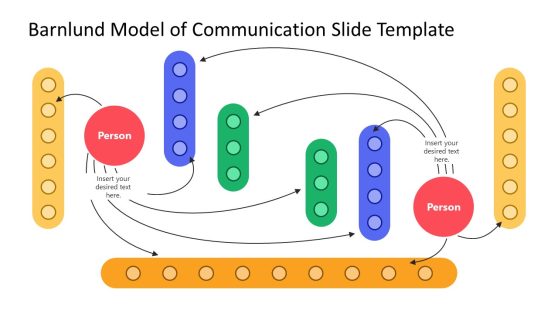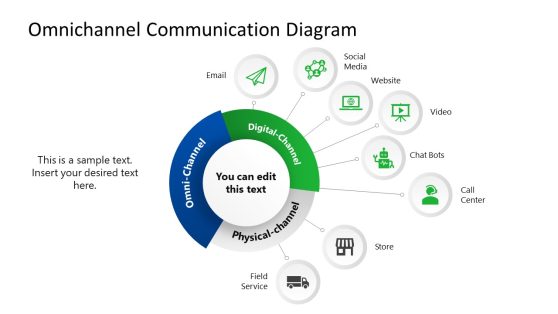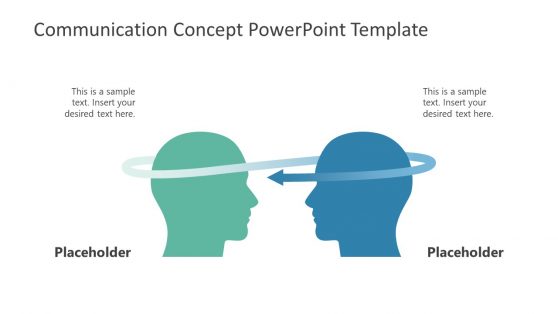Communication Chart PowerPoint & Google Slides Templates
Take your presentations to the next level with our flexible Communication PowerPoint & Google Slides templates and diagrams. These templates enhance your communication ability and are perfect for showcasing your sales, marketing, and business strategy skills.
Our templates are fully customizable, creatively designed, and professionally crafted. They adapt to modern visual standards, incorporating PowerPoint shapes, icons, colors, diagrams, images, charts, and other essential elements. We’ve made our Communication Templates and slide designs ready to help you skillfully convey and illustrate your company’s growth to your audience.

Internal Communication PowerPoint Template
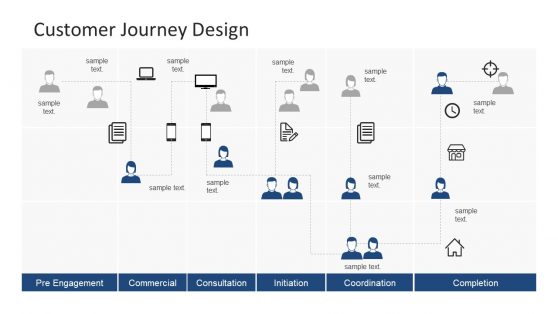
Customer Journey PowerPoint Template
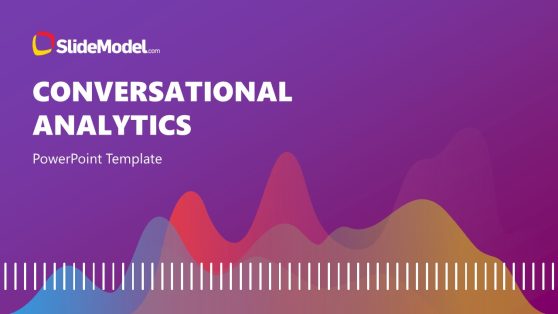
Conversational Analytics PowerPoint Template

Communication Training PowerPoint Template
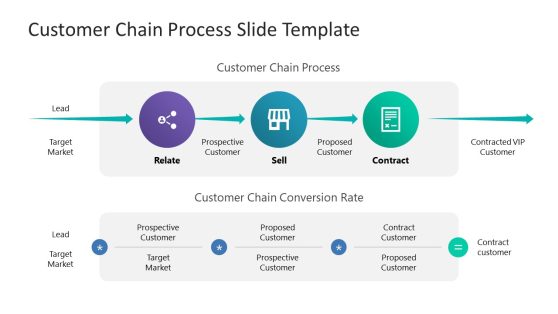
Customer Chain Process PowerPoint Template
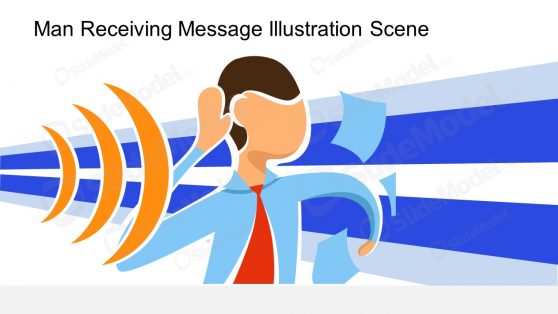
Man Receiving Message Illustration Scene
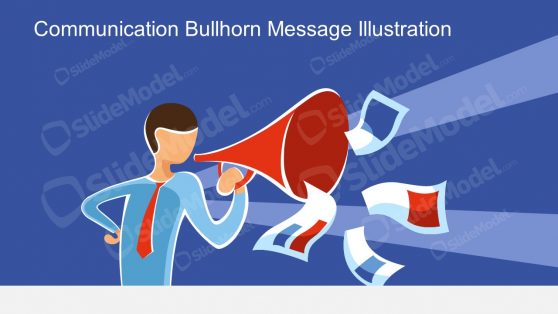
Message Communication Metaphor Illustration Scene

Contact Center Industry PowerPoint Template
Communication involves sharing information among individuals using symbols, signs, or actions. Our templates ensure clear messaging, helping your audience grasp ideas easily. Whether sharing strategies or showcasing benefits, our slides captivate attention. Engaging designs maintain interest. Leverage communication’s power with our Communication Chart template designs.
Topics span strategies to people skills, aiding organizational information exchange. These well-structured charts depict information flow in organizations.
Our Communication PowerPoint Presentation Template showcases strategies effectively. Using these templates helps to enhance audience engagement. You can use any of these templates on Microsoft PowerPoint, Google Slides, or Keynote. You can also use these templates on both Mac and Windows computers.
What is a Communication Chart?
A communication chart, or a flowchart, is a visual representation or diagram illustrating how communication flows within an organization, team, or any other group. It outlines the structure and pathways through which information, messages, and instructions are transmitted between individuals or departments.
What is the Flowchart of Communication?
The flowchart of communication can vary depending on the organization’s structure and communication methods, but it generally follows these key steps:
- Sender: The individual or department initiating the communication by generating a message or information to be conveyed.
- Message Encoding: The process of converting the message or information into a suitable format for transmission, such as text, speech, visuals, or data.
- Transmission: The actual delivery of the encoded message through a chosen communication channel, which can be face-to-face, written (email, memo), oral (phone call, presentation), or digital (chat, video conference).
- Receiver: The intended recipient or audience who receives the transmitted message.
- Message Decoding: The process by which the receiver interprets and understands the message. It involves translating the encoded information into a meaningful form.
- Feedback: The receiver responds, reacts, or acknowledges the sender. Feedback can be essential for understanding the intended message correctly and clarifying potential misunderstandings.
- Noise and Interference: Any factors disrupting or distorting the communication process. Noise can include physical distractions, language barriers, technical issues, or emotional biases that affect the accurate transmission or reception of the message.
What is the Purpose of a Communication Chart?
The purpose of a communication chart is to provide a clear and organized depiction of the communication channels and relationships within an entity. It helps ensure that communication is effective and efficient and avoids misunderstandings.
A communication chart can help individuals understand their roles, responsibilities, and reporting lines by visualizing the flow of information. It can also highlight potential bottlenecks or areas where communication might break down, allowing for better management and optimization of communication processes.
What are the Levels of Communication?
Levels of communication refer to the different ways information is exchanged within an organization or group. These levels can vary in terms of formality, complexity, and directionality. The common levels of communication include:
- Intrapersonal Communication: Communication occurs within an individual’s mind. It involves self-reflection, self-talk, and personal contemplation.
- Interpersonal Communication: Communication between two individuals. It is a one-on-one interaction, informal (casual conversation), or formal (structured meeting).
- Group Communication: Communication occurs within a small group of people. It involves multiple participants sharing ideas, information, and opinions.
- Organizational Communication: Communication occurs within an organization or department. This level can involve various forms of communication, including written memos, emails, meetings, and presentations.
- Mass Communication: Communication is directed to a large audience through mass media channels such as television, radio, newspapers, magazines, and the Internet.
- External Communication: Communication between the organization and external entities, such as customers, suppliers, partners, and the public.
Effective communication is crucial at all these levels to ensure clarity, understanding, and successful collaboration.
